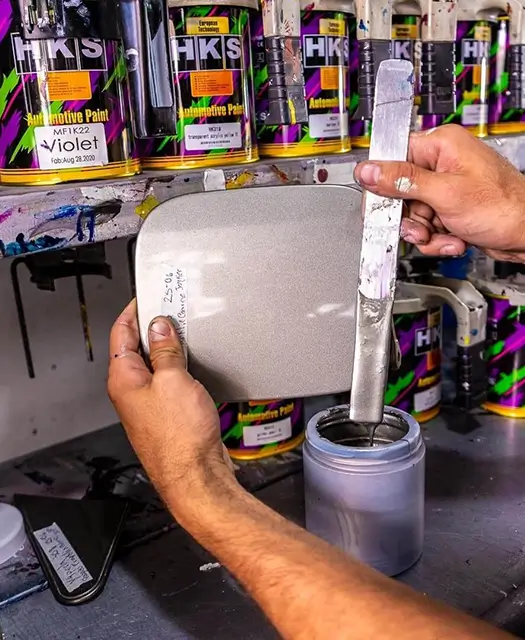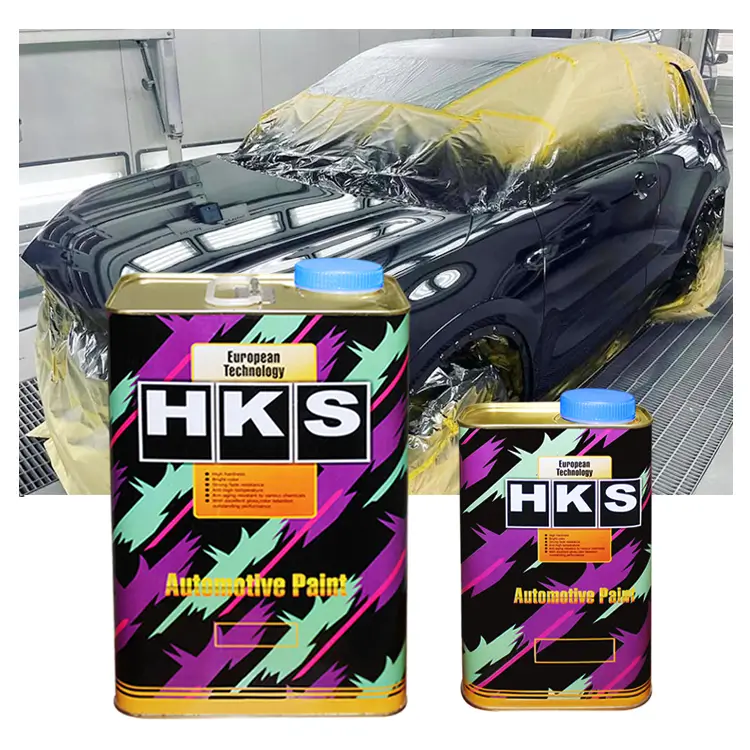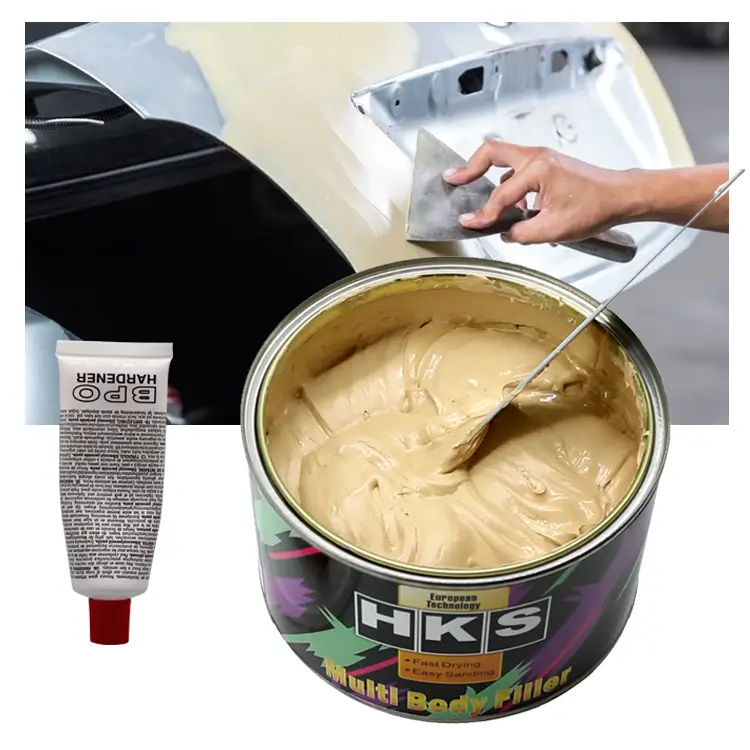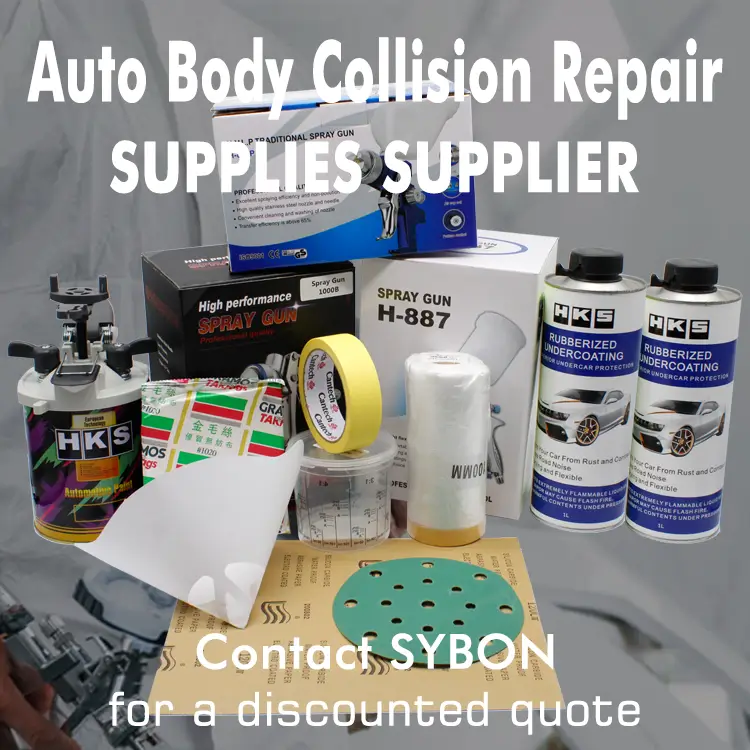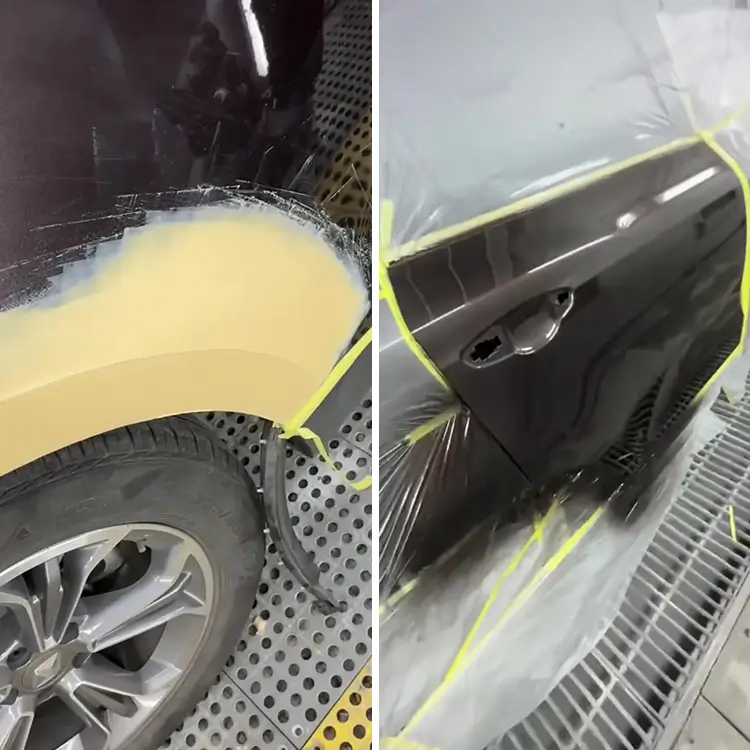Comprehensive Guide to Auto Damage Repair: Tools, Techniques, and Products
Auto damage repair is an essential aspect of vehicle maintenance that ensures your car remains in optimal condition, both in terms of functionality and appearance. From minor scratches to more significant structural damage, repairing auto damage promptly can prevent further issues and maintain the vehicle's value. Whether you're a DIY enthusiast or a professional in the automotive industry, understanding the process, tools, and products available for auto damage repair is crucial.
In this comprehensive guide, we'll explore the various types of auto damage, the best techniques for repair, and the top products to use. Additionally, we'll discuss the importance of choosing the right products, such as automotive putty, primers, and paints, to achieve professional-level results. If you're interested in testing our high-quality products, we invite you to request samples. For import wholesalers, paint shop owners, and auto repair center managers interested in becoming distributors, please contact us through our website, and we'll get back to you within 24 hours.
Types of Auto Damage
Understanding the different types of auto damage is the first step in the repair process. Auto damage can be categorized into several types, each requiring specific techniques and products for effective repair.
1. Minor Scratches and Scuffs
Causes: Minor scratches and scuffs often occur from parking mishaps, brushing against sharp objects, or road debris.
Repair Techniques: Light scratches can be buffed out using a polishing compound, while deeper scratches may require touch-up paint or clear coat.
2. Dents and Dings
Causes: Dents and dings typically result from impacts with other vehicles, objects, or even hailstorms.
Repair Techniques: Smaller dents can be repaired using paintless dent repair (PDR) methods, while larger ones may require filling with putty and repainting.
3. Rust and Corrosion
Causes: Exposure to moisture and salt, particularly in coastal areas, can lead to rust and corrosion on a vehicle's body.
Repair Techniques: Rust repair involves removing the rusted area, applying a rust inhibitor, and then filling and painting the affected area.
4. Cracks and Chips
Causes: Windshield cracks and paint chips often occur from flying debris or sudden temperature changes.
Repair Techniques: Windshield repair kits can be used for small cracks, while chips in the paint may require touch-up paint.
5. Severe Structural Damage
Causes: Severe damage is typically the result of major collisions and accidents.
Repair Techniques: Structural damage requires professional repair, including frame straightening, welding, and extensive repainting.
Essential Tools for Auto Damage Repair
Repairing auto damage requires a range of tools, from basic hand tools to specialized equipment. Having the right tools on hand can make the repair process more efficient and effective.
1. Hand Tools
Screwdrivers, Wrenches, and Pliers: Basic tools for removing and reassembling parts.
Hammers and Dollies: Used for shaping and smoothing metal panels.
2. Body Filler and Spreaders
Purpose: Essential for filling dents and dings, body filler, also known as automotive putty, is applied using spreaders to create a smooth surface.
3. Sandpaper and Sanding Blocks
Purpose: Sandpaper is used to smooth the surface of the body filler and prepare the area for painting.
4. Spray Guns and Compressors
Purpose: Spray guns are used to apply primers, paints, and clear coats, while compressors provide the necessary air pressure.
5. Paint and Clear Coat
Purpose: High-quality automotive paint and clear coat are essential for achieving a professional finish.
6. Polishing Compounds and Buffers
Purpose: After painting, polishing compounds and buffers are used to remove imperfections and achieve a glossy finish.
Step-by-Step Guide to Auto Damage Repair
Step 1: Assess the Damage
Begin by thoroughly inspecting the vehicle to identify all areas of damage. This will help you determine the tools and products needed for the repair.
Step 2: Prepare the Surface
Clean the damaged area to remove dirt, grease, and rust. Use sandpaper to roughen the surface for better adhesion of fillers and paints.
Step 3: Apply Body Filler
Mix the body filler according to the manufacturer's instructions and apply it to the damaged area using a spreader. Allow it to cure, then sand it smooth.
Step 4: Prime the Area
Apply a primer to the repaired area to seal the filler and prepare it for painting. Priming ensures better adhesion of the paint and prevents rust.
Step 5: Paint the Area
Use a spray gun to apply the automotive paint in thin, even coats. Allow each coat to dry before applying the next. Match the paint color to the original color of the vehicle for a seamless finish.
Step 6: Apply Clear Coat
After the paint has dried, apply a clear coat to protect the paint and enhance its shine. Clear coat adds durability and resistance to environmental factors.
Step 7: Buff and Polish
Once the clear coat is dry, use a polishing compound and buffer to remove any imperfections and achieve a high-gloss finish.
Step 8: Inspect and Touch Up
Finally, inspect the repair for any missed spots or imperfections. Touch up as necessary to ensure a flawless finish.
Choosing the Right Products for Auto Damage Repair
Selecting the right products is crucial for achieving a professional-quality repair. Whether you're repairing minor scratches or severe damage, using high-quality products will ensure durability and a seamless finish.
1. Automotive Putty
Why Choose SYBON's Automotive Putty:** Our automotive putty offers excellent adhesion, easy application, and a smooth finish. It's perfect for filling dents, dings, and minor imperfections.
2. Primers
Why Choose SYBON's 2K Intermediate Primer:** Our primer provides superior coverage, rust protection, and a strong bond between the filler and paint. It's easy to apply and dries quickly, making it ideal for both professional and DIY use.
3. Automotive Paint
Why Choose SYBON's Automotive Paint:** Our paint is formulated for exceptional color matching, durability, and resistance to fading. Available in a wide range of colors, it delivers a factory-quality finish.
4. Clear Coats
Why Choose SYBON's Low VOC Clear Coat:** Our clear coat provides a high-gloss finish while being environmentally friendly. It offers excellent protection against UV rays, chemicals, and environmental contaminants.
Common Mistakes in Auto Damage Repair and How to Avoid Them
Even with the best products and techniques, mistakes can happen during auto damage repair. Here are some common mistakes and tips on how to avoid them:
1. Not Preparing the Surface Properly
Tip: Always clean and sand the surface before applying any filler or paint. This ensures proper adhesion and a smooth finish.
2. Applying Too Much Filler
Tip: Apply filler in thin layers, allowing each layer to dry before adding more. This prevents cracking and ensures a smooth surface.
3. Skipping the Primer
Tip: Never skip the primer. It seals the filler, prevents rust, and ensures the paint adheres properly.
4. Incorrect Paint Application
Tip: Apply paint in thin, even coats, allowing each coat to dry before applying the next. This prevents runs and ensures even coverage.
5. Rushing the Process
Tip: Take your time with each step of the repair process. Rushing can lead to mistakes and a subpar finish.
Why Choose SYBON for Your Auto Damage Repair Needs?
At SYBON, we pride ourselves on offering high-quality automotive products that meet the needs of professionals and DIY enthusiasts alike. Our products are designed to deliver exceptional performance, durability, and ease of use, ensuring that your auto damage repairs look flawless and last long.
Request Samples: If you're interested in testing our products, we invite you to request samples. Experience the quality and performance of SYBON's products firsthand.
Distributor Inquiries: For import wholesalers, paint shop owners, and auto repair center managers interested in becoming distributors, please contact us through our website. We are committed to building strong partnerships and providing the support you need to succeed.
Conclusion
Auto damage repair is a critical skill for maintaining the appearance and value of your vehicle. Whether you're dealing with minor scratches or more severe damage, having the right tools, techniques, and products is essential for achieving professional-level results. SYBON is here to provide you with the high-quality products you need for every step of the repair process.
Don't hesitate to reach out for samples or to inquire about becoming a distributor. We're here to support you in delivering the best possible results for your customers.
Source of this article:https://www.supersybon.com
Get to know us through more channels:

